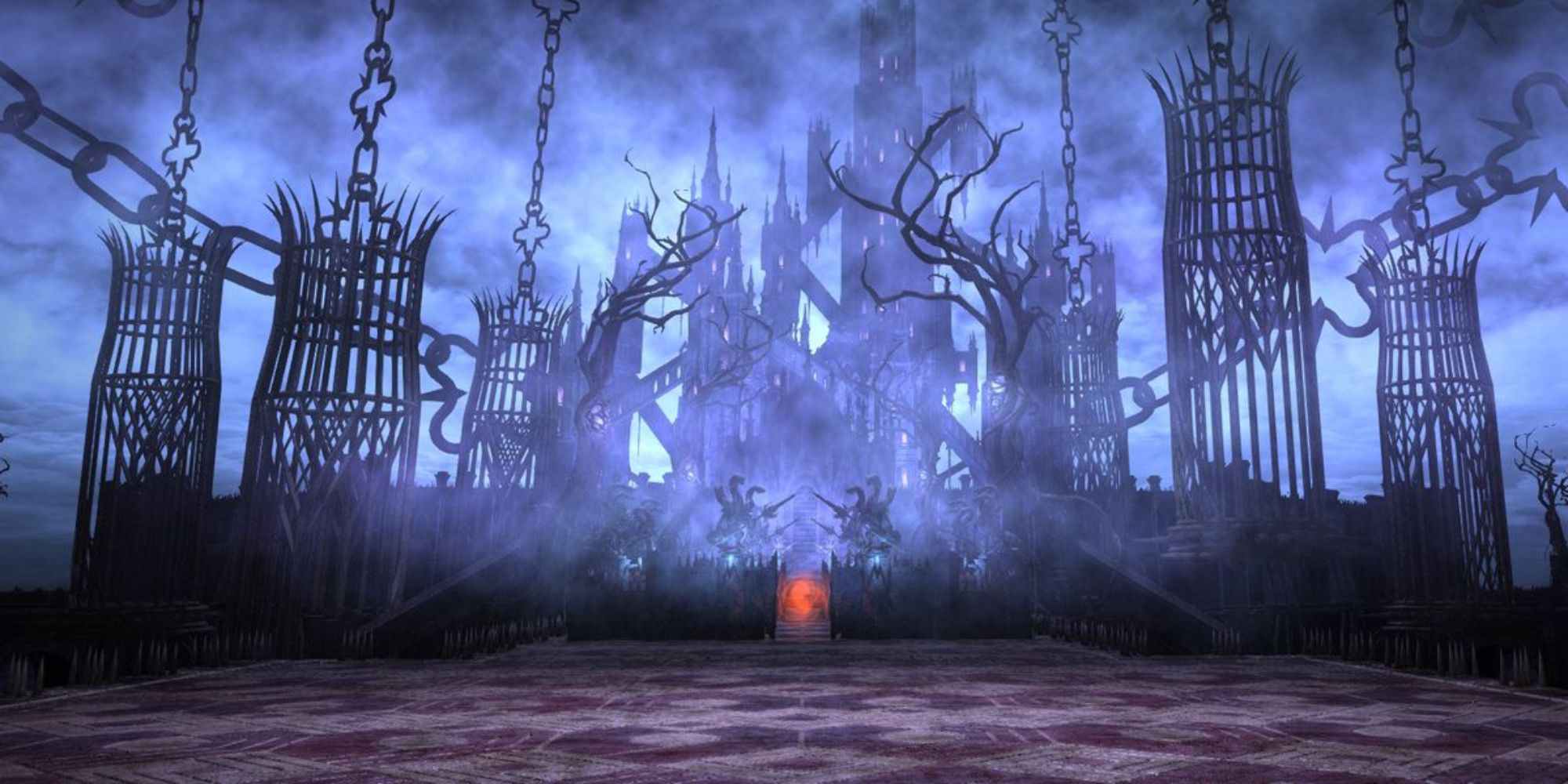

However, rather than putting a stake into the ambitions of Iraqi leader Saddam Hussein, Israel’s strike stimulated Iraq to pursue a secret uranium-enrichment program dedicated to producing a nuclear weapon.īut for Hussein’s megalomania, Iraq might have had a nuclear weapon by the mid-1990s. In the end, the force of Begin’s personality drove the cabinet’s decision to bomb Osirak. The failure of all these left two approaches-watchful waiting, preferred by some who did not see Osirak as an imminent threat, and military action, promoted by Prime Minister Menachem Begin.

Unwilling to gamble that deterrence could cope with a nuclear Iraq, Israel applied a multipronged strategy to halt the reactor’s construction-diplomacy, a media campaign, sabotage, and assassination. The illusion prevailed because of the peculiar personalities of each country’s leader and because of misperceptions about Osirak’s bomb-making capacity.

They reveal the Osirak reactor did not provide the foundation for a nuclear weapon but rather for an illusion that misled Iraq and Israel. More recently, however, the pendulum has begun to swing back, as postmortems coupled with recent reporting of Iraqi archival material captured by the United States during the occupation of Iraq after the 2003 invasion tell a different story. At the time, the attack drew near-universal condemnation, but it soon came to be seen as a milestone in nonproliferation, demonstrating that force could be a practical option to halt a suspected nuclear weapons program without harmful repercussions for the attacker. As the international community seeks to stave off an Israeli strike on Iran’s nuclear program, policymakers would do well to draw lessons from the first attack to destroy a nuclear facility, Israel’s bombing of Iraq’s Osirak nuclear reactor on June 7, 1981.


 0 kommentar(er)
0 kommentar(er)
